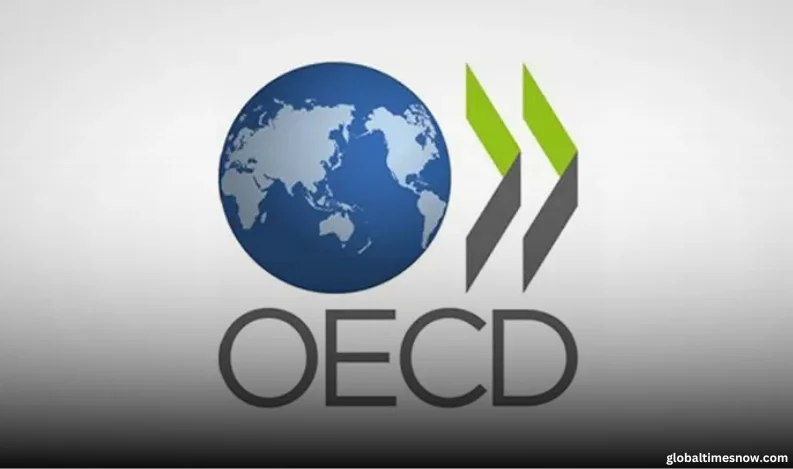Global debt has soared past $100 trillion as rising interest rates continue to drive borrowing costs higher, the Organisation for Economic Co-operation and Development (OECD) reported on Wednesday. The surge in debt levels poses significant economic challenges for governments, businesses, and households worldwide.
According to the OECD, the rapid increase is fueled by higher government borrowing, post-pandemic fiscal policies, and central banks maintaining elevated interest rates to combat inflation. The cost of servicing debt has become a growing concern, particularly for developing economies struggling with currency depreciation and capital outflows.
"Global debt levels have reached unprecedented heights, placing immense pressure on both advanced and emerging economies," the OECD stated. "Sustained high interest rates are making debt servicing increasingly difficult, raising the risk of financial instability."
Governments and Corporations Face Mounting Burdens
The report highlights that sovereign debt remains a significant driver of global borrowing, with major economies such as the United States, China, and the European Union accounting for the largest shares. The U.S. national debt alone has surpassed $34 trillion, with interest payments now one of the fastest-growing government expenditures.
Meanwhile, corporations are also feeling the strain, particularly in industries reliant on debt financing, such as real estate and technology. Many businesses now face difficulties refinancing existing debt at favorable rates, forcing cost-cutting measures and strategic shifts.
Impact on Emerging Markets
Emerging economies are particularly vulnerable, as weakening currencies increase the cost of repaying foreign-denominated debt. Several nations have already begun negotiating with international lenders to restructure their obligations.
"The combination of high borrowing costs and economic uncertainty is creating a challenging environment for global markets," the OECD warned. "Without fiscal discipline and sustainable growth strategies, debt pressures will continue to rise."
Economic Risks and Policy Challenges
Economists caution that prolonged high interest rates could trigger widespread financial distress, potentially slowing global economic growth. Policymakers now face a difficult balancing act—containing inflation while ensuring that debt burdens do not push economies toward recession.
As governments and financial institutions assess the growing debt crisis, experts warn that failure to address these challenges could lead to severe economic disruptions in the years ahead.























